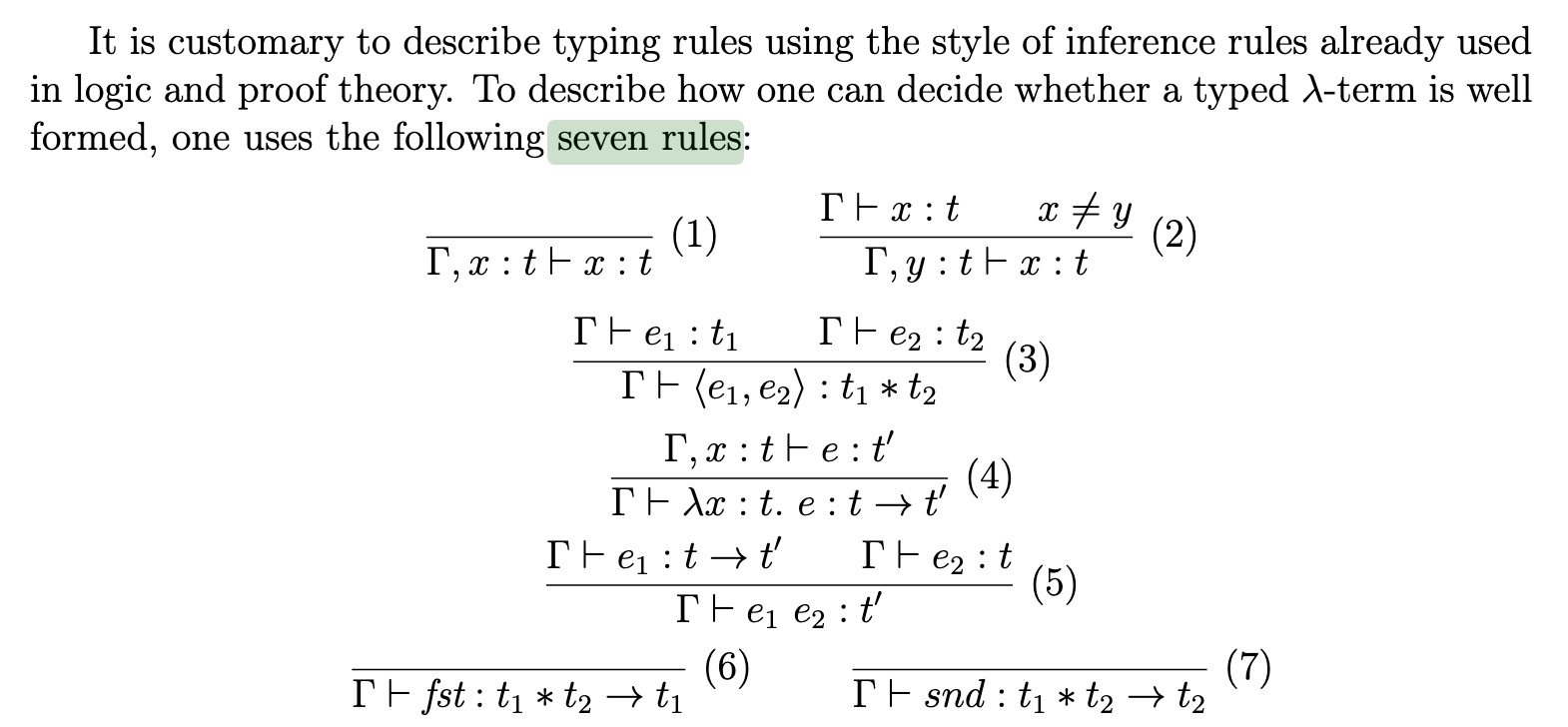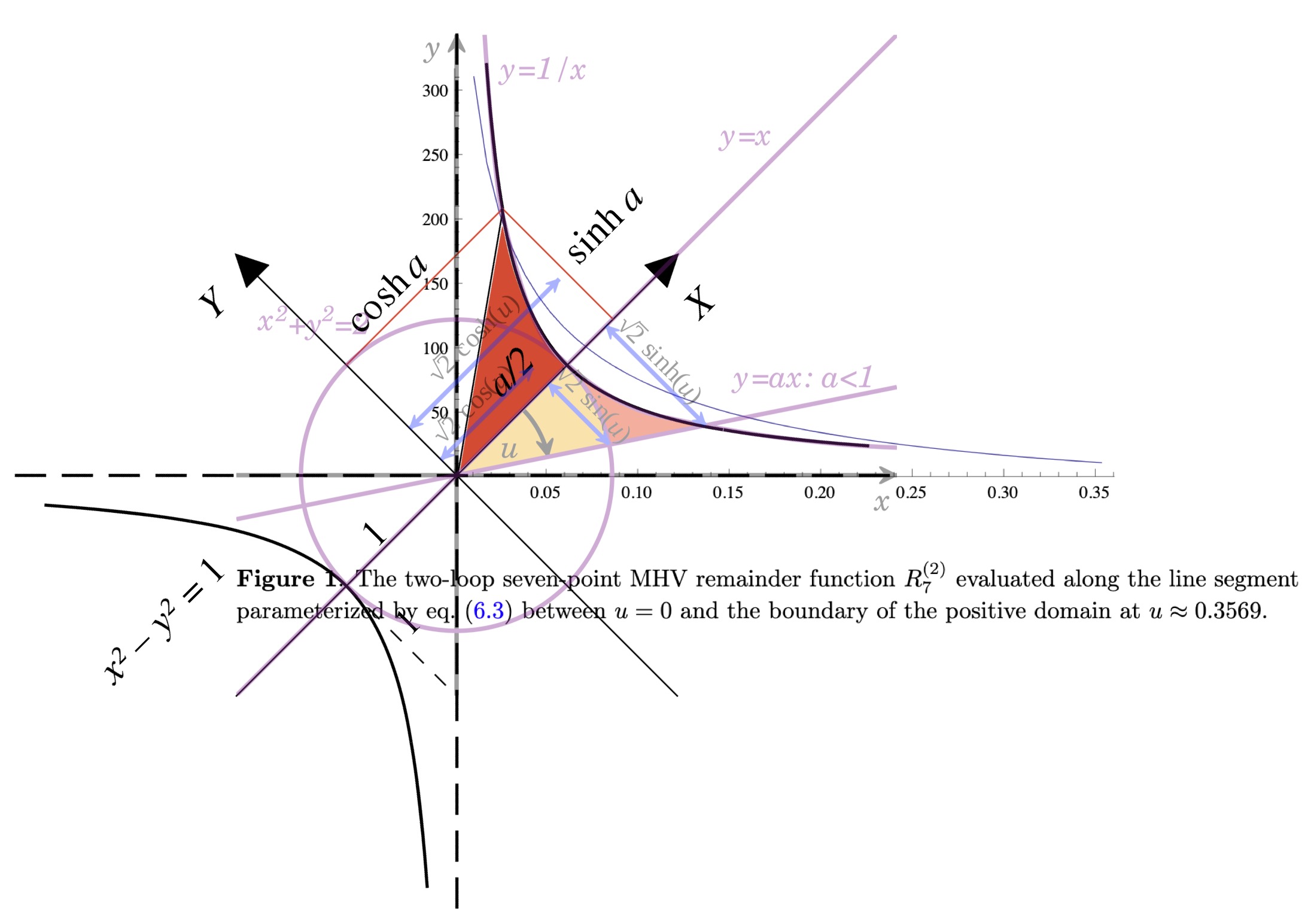7 Constructs of Lambda Calculus
- Axiom
- Reflexivity
- Transitivity
- Consequence
- Case Analysis
- Abstraction
- Circularity 

§7 Days of Creation
.
§7 Manifolds of the Ampluhedron
When the seven momentum vectors of the scattering particles are required to lie in fourspacetime dimensions, theuijare not free (indeed they cannot be, since the dimension ofConf7(P3) is only six) but are constrained to satisfy a particular seventh-order polynomialequation called the Gram determinant constraint. The symmetric line intersects the Gramlocus only at isolated points (specifically, at the roots of (1 +u)(1−4u+ 3u2+u3)2). Theauthors of [17] evaded this constraint by allowing the momenta to lie in arbitrary dimension.By making use of momentum twistor machinery our result forR(2)7is solidly tied to four-dimensional kinematics, although we anticipate that it should not be very difficult to relaxthis constraint.
from “An analytic result for the two-loop seven-point MHVamplitude inN=4SYM“.
the amplitudehdron seems to be a (the?) high-dimensional vortex ?
For the momentum amplituhedron the situation is slightly more involved and the factorization properties rather come from the amalgamation of on-shell diagrams inside the positive Grassmannian. To perform the amalgamation we need to start with two planes
CL∈G(kL,nL)andCR∈G(kR,nR), wherenL,Rdenote the number of particles in the left and right diagram, respectively, andkL,Ris their respective helicity`
from “The Momentum Amplituhedron“.
This paper handles some network/topos semantics for the seven-loop space.
§Lemniscent Flow in Higher-D
I’m interested if there will be a relation between these curves.
